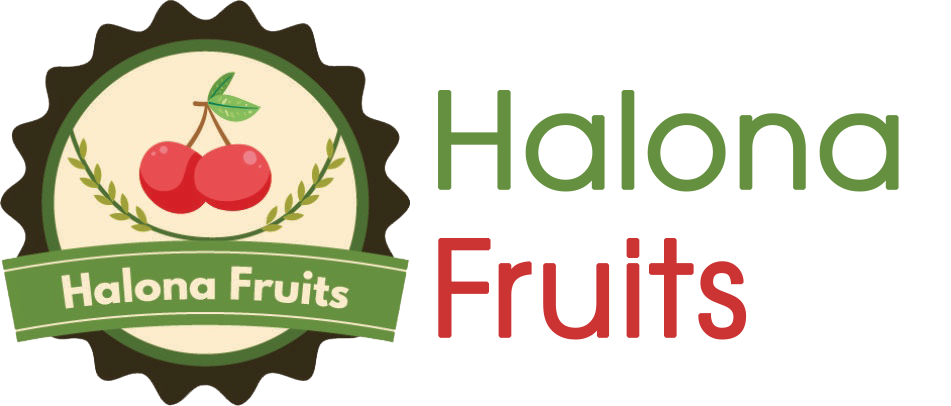Tranh vẽ sợi dừa bao gồm cả kỹ thuật thủ công và nghệ thuật hội họa, với việc sử dụng sợi dừa điểm hoặc vẽ trực tiếp trên bề mặt. Sợi dừa được chọn lựa, tẩm màu và chải nhẹ để tạo ra hình ảnh đầy sắc màu và độc đáo.
Nghệ thuật sợi dừa có thể được sử dụng trong nhiều lĩnh vực như trang trí nội thất, quần áo thủ công, túi xách và sản phẩm tiêu dùng khác. Nó là một phần của văn hóa Việt Nam và được đánh giá rất cao trong cộng đồng nghệ thuật và thương mại.
Tranh vẽ sợi dừa là một loại nghệ thuật độc đáo, mang đến cho người xem cảm giác tinh tế, sang trọng và riêng biệt. Sự phối hợp hài hòa của các sợi dừa tạo ra những tác phẩm nghệ thuật đẹp, thu hút và gây ấn tượng sâu sắc.
NỘI DUNG
Phát hiện thấy 35 bài viết phù hợp với tranh vẽ so dừa.

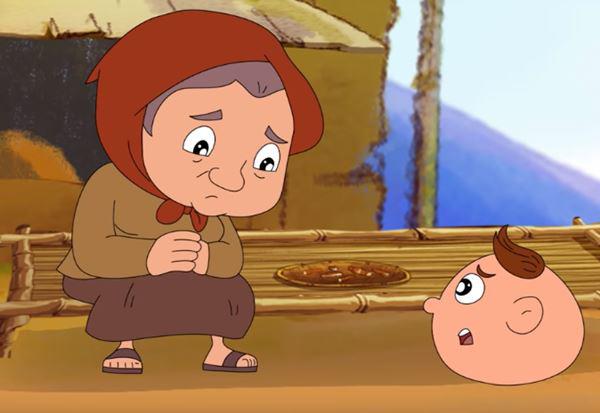

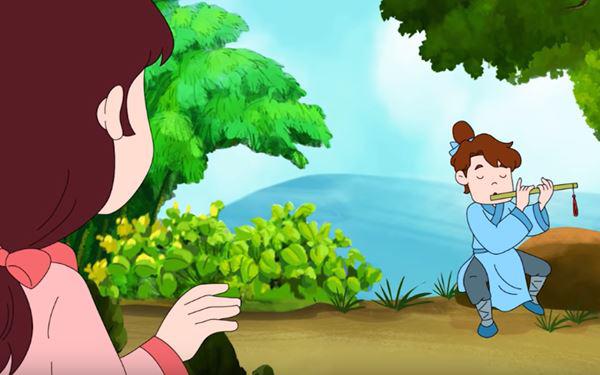
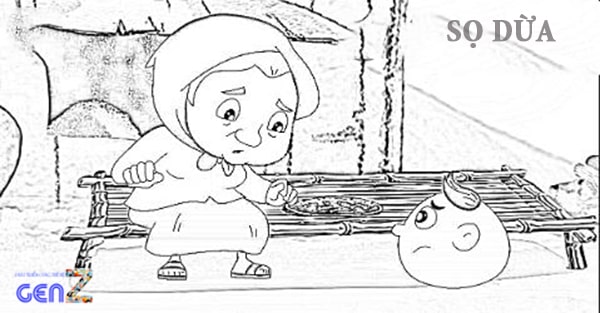
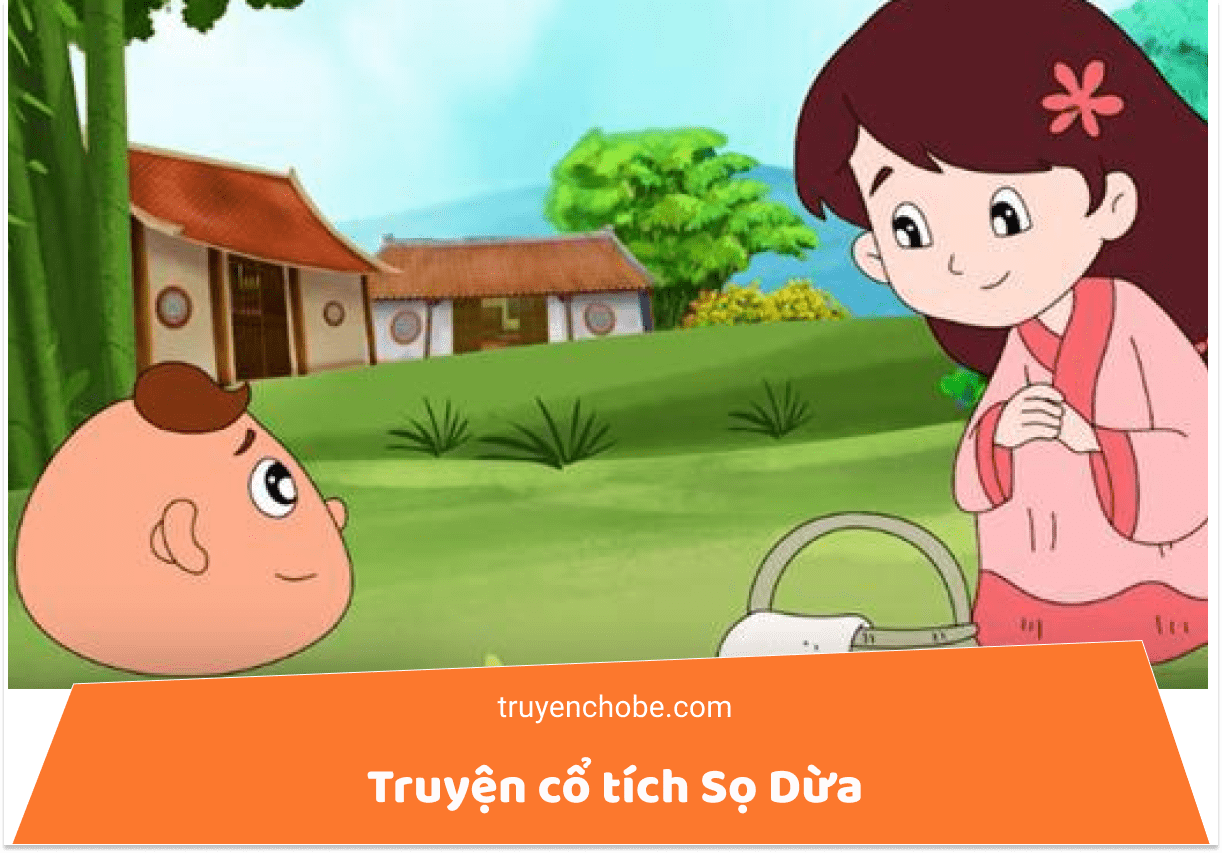
.png?w=500)

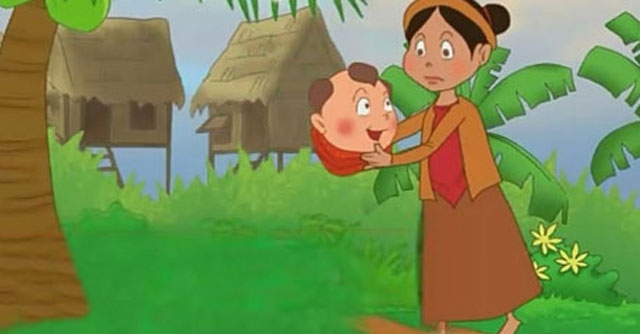


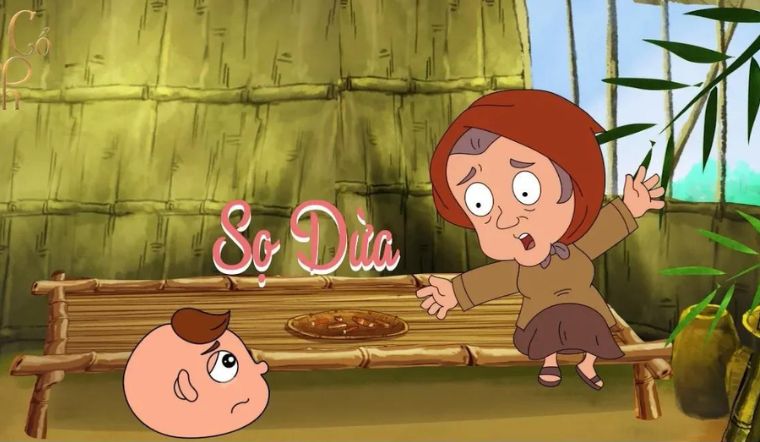




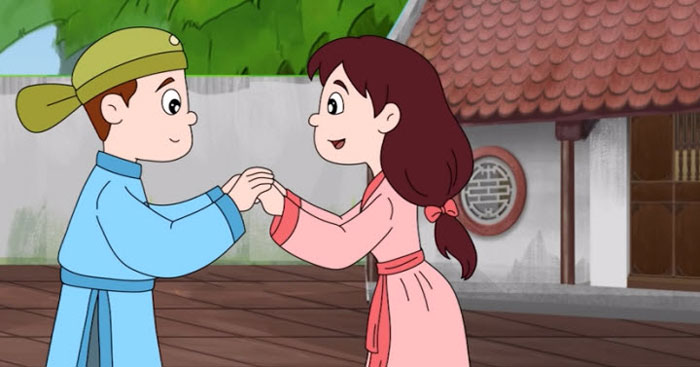
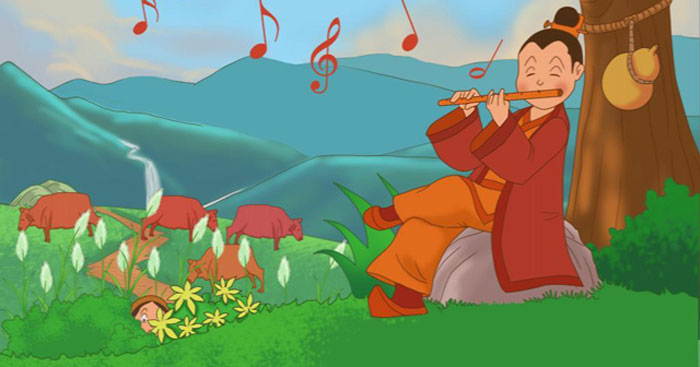

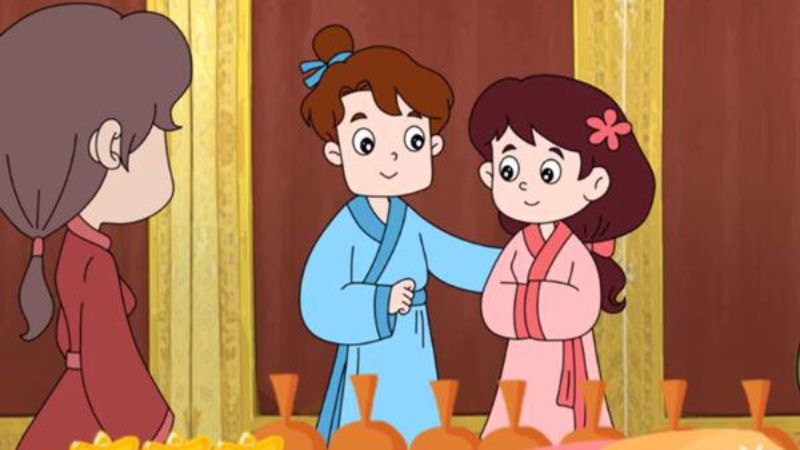

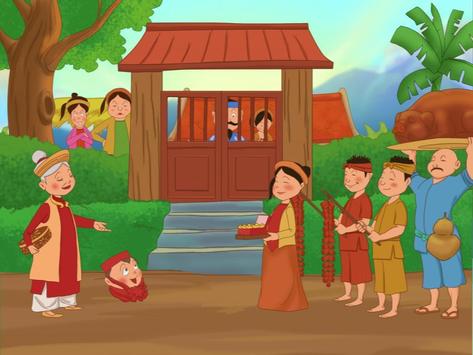

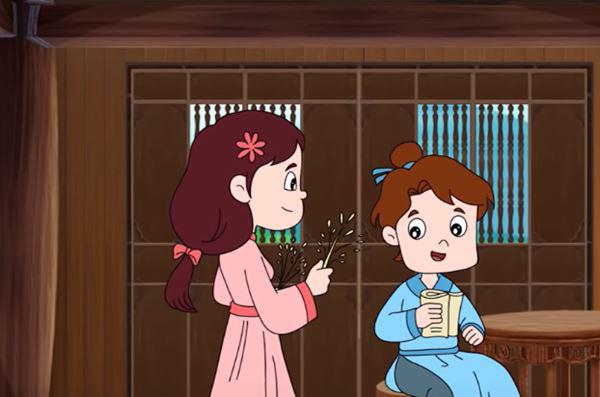
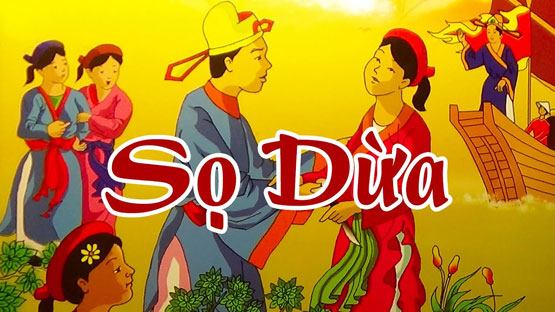








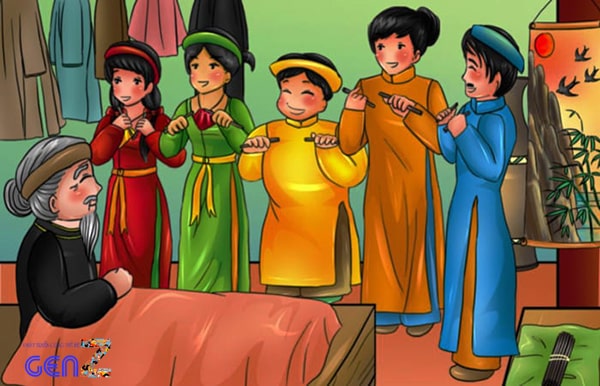

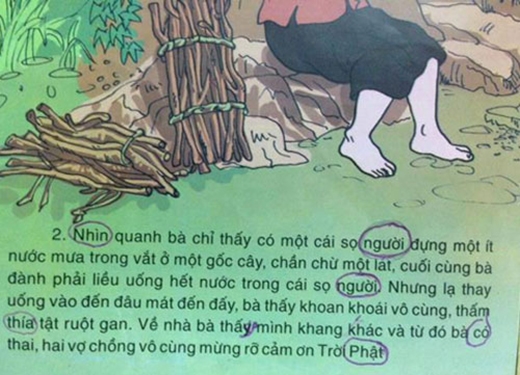
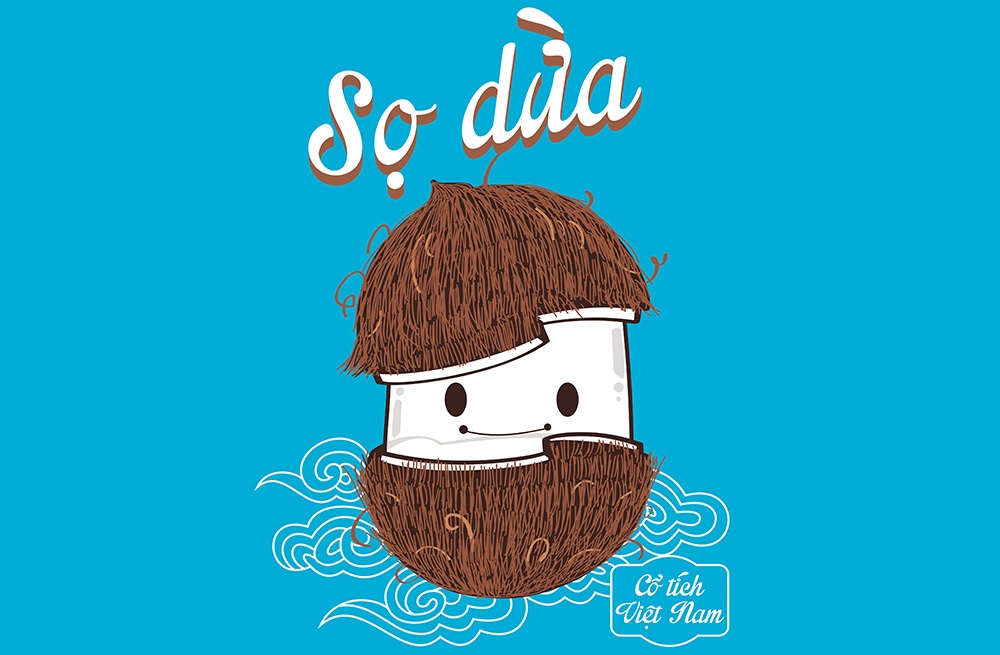


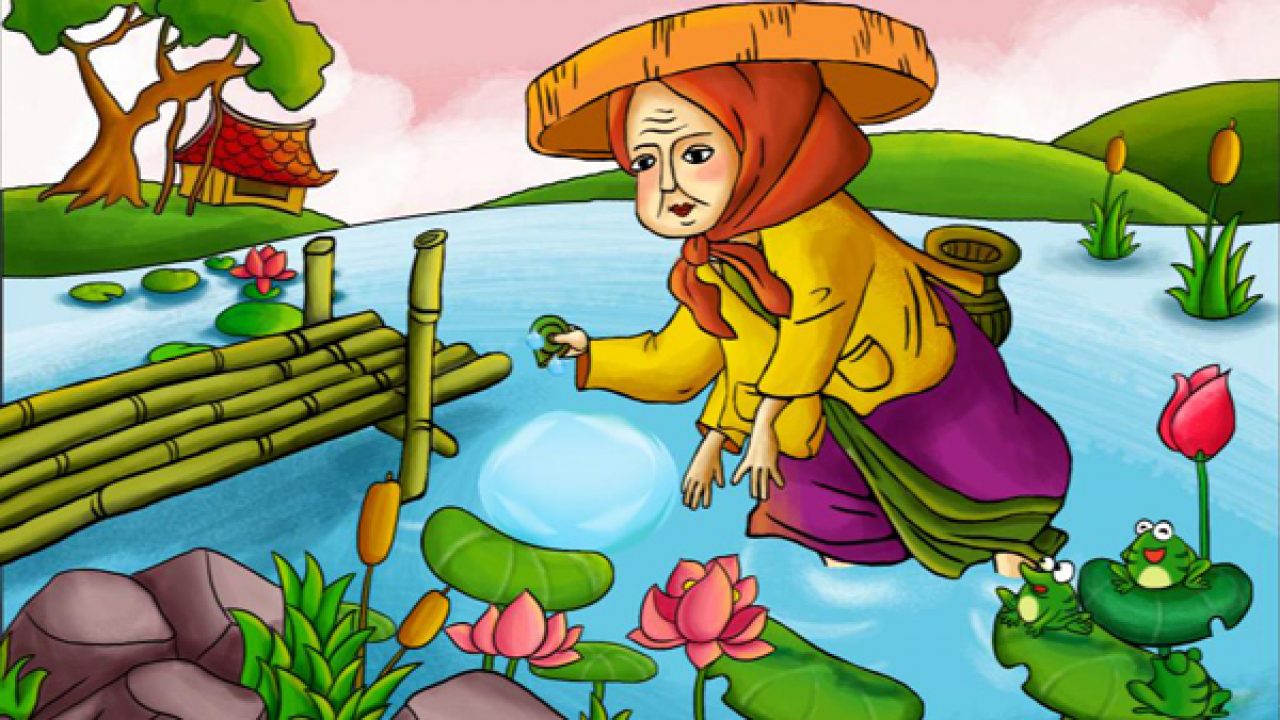
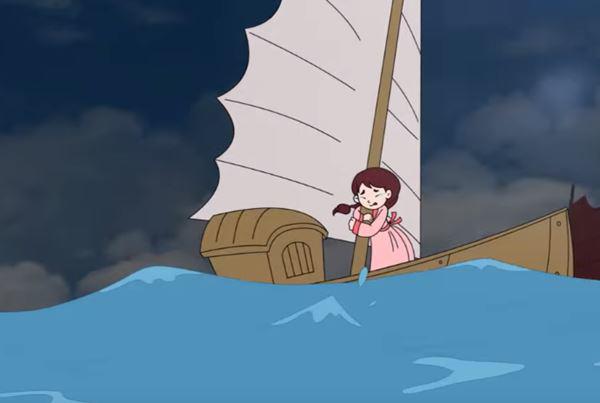

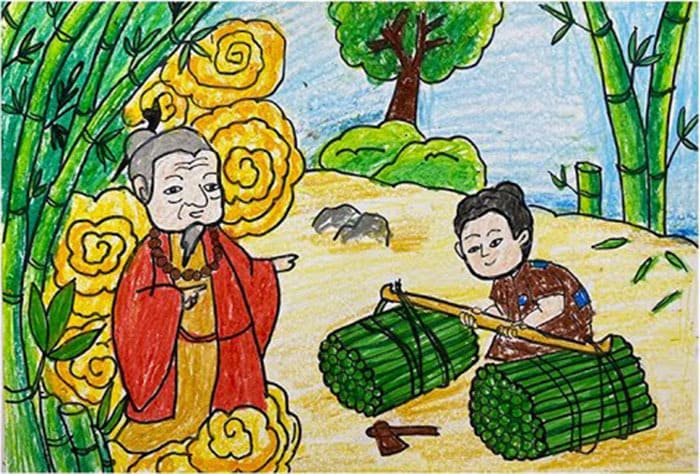


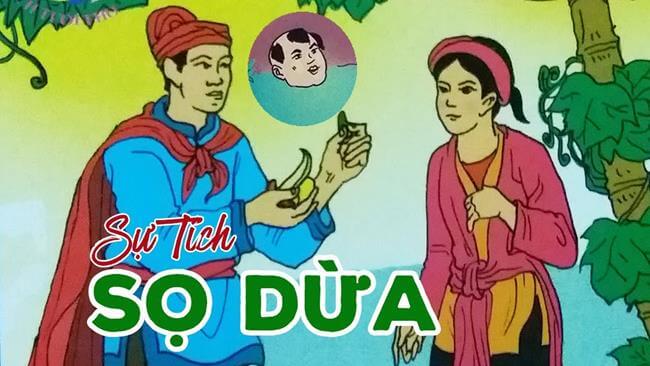
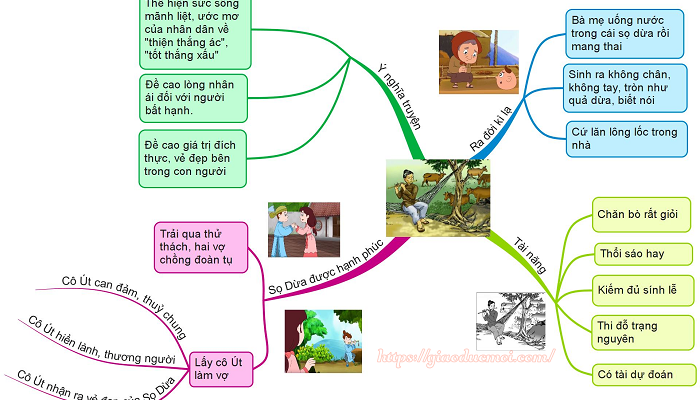


tranh vẽ so dừa
Introduction:
Tranh vẽ so dừa is a traditional art form of Vietnam that involves intricate and detailed depictions of the coconut palm tree. Also known as “sọ dừa” in Vietnamese, this art form has a rich cultural significance in Vietnam.
History and Techniques:
Tranh vẽ so dừa dates back to the 17th century and was originally used to decorate royal buildings and religious temples. The art form became popular among ordinary people in the 19th century and continues to be practiced today.
The technique used involves drawing the outline of the tree onto the canvas with a pencil, followed by filling in the details with ink or color. The artists use a fine brush to paint the intricate details and patterns.
Symbolism and Meaning:
The coconut palm tree is a deeply symbolic image in Vietnamese culture. It is associated with the rural landscape and agricultural production, representing a source of food, materials, and livelihood for many people in Vietnam. The tree is also said to have spiritual significance, representing growth, prosperity, and longevity.
Contemporary Applications:
Despite being a traditional art form, “tranh vẽ so dừa” continues to be popular among contemporary audiences. The art form is being preserved and promoted through various means, including workshops, exhibitions, and cultural events. Many artists are using “tranh vẽ so dừa” as a source of inspiration for contemporary designs and marketing campaigns.
Vẽ tranh Sọ Dừa:
Vẽ tranh Sọ Dừa involves painting a detailed and intricate image of the coconut palm tree. The technique used involves drawing the outline of the tree onto the canvas with a pencil, followed by filling in the details with ink or color. The artists use a fine brush to paint the intricate details and patterns.
Vẽ tranh Sọ Dừa đơn giản:
For those who are new to “tranh vẽ so dừa”, a simpler version of the art form may be ideal. Vẽ tranh Sọ Dừa đơn giản involves painting a simplified version of the coconut palm tree, with less detail and fewer patterns.
Vẽ bìa truyện cổ tích sọ dừa:
“Tranh vẽ so dừa” is often used in the illustrations of fairy tales and folktales in Vietnam. Vẽ bìa truyện cổ tích sọ dừa involves painting the cover page of a fairy tale book with an image of the coconut palm tree.
Vẽ tranh cổ tích lớp 8 đơn giản:
In Vietnamese schools, “tranh vẽ so dừa” is often used to teach children about traditional Vietnamese art forms. Vẽ tranh cổ tích lớp 8 đơn giản involves teaching students to paint a simplified image of the coconut palm tree in the style of traditional Vietnamese fairy tales.
Vẽ tranh truyện cổ tích đơn giản:
Vẽ tranh truyện cổ tích đơn giản involves painting a simple image of the coconut palm tree to illustrate a traditional Vietnamese folk tale.
Vẽ tranh Thánh Gióng:
Tranh vẽ so dừa has been used to depict various Vietnamese legends and stories. Vẽ tranh Thánh Gióng involves painting an intricate image of the legendary Vietnamese hero Thánh Gióng on a canvas.
Vẽ tranh minh họa truyện cổ tích:
“Tranh vẽ so dừa” is often used as an illustration technique for Vietnamese fairy tales. Vẽ tranh minh họa truyện cổ tích involves painting an image of the coconut palm tree to illustrate a traditional Vietnamese folk tale.
Vẽ tranh vẽ truyện cổ tích lớp 8tranh vẽ so dừa:
Vẽ tranh vẽ truyện cổ tích lớp 8tranh vẽ so dừa is a popular art project for Vietnamese middle school students. It involves painting an image of the coconut palm tree in the style of traditional Vietnamese folk tales.
FAQs:
1. What materials are used to create “tranh vẽ so dừa”?
Ans: “Tranh vẽ so dừa” is created using canvas or rice paper, ink or color, and a fine brush.
2. What is the significance of the coconut palm tree in Vietnamese culture?
Ans: The coconut palm tree is associated with the rural landscape and agricultural production, representing a source of food, materials, and livelihood for many people in Vietnam. The tree is also said to have spiritual significance, representing growth, prosperity, and longevity.
3. How is “tranh vẽ so dừa” being adapted for contemporary audiences?
Ans: “Tranh vẽ so dừa” is being preserved and promoted through various means, including workshops, exhibitions, and cultural events. Many artists are using “tranh vẽ so dừa” as a source of inspiration for contemporary designs and marketing campaigns.
Từ khoá người dùng tìm kiếm: tranh vẽ so dừa Vẽ tranh Sọ Dừa, Vẽ tranh Sọ Dừa đơn giản, Vẽ bìa truyện cổ tích sọ dừa, Vẽ tranh cổ tích lớp 8 đơn giản, Vẽ tranh truyện cổ tích đơn giản, Vẽ tranh Thánh Gióng, Vẽ tranh minh họa truyện cổ tích, Vẽ tranh vẽ truyện cổ tích lớp 8
Tag: Update 25 – tranh vẽ so dừa
VẼ TRANH ĐỀ TÀI: TRANG TRÍ BÌA SÁCH- BÀI SÁCH SỌ DỪA
Xem thêm tại đây: rausachgiasi.com
Link bài viết: tranh vẽ so dừa.
Xem thêm thông tin về chủ đề tranh vẽ so dừa.
- Hướng dẫn vẽ tranh minh họa truyện cổ tích Sọ Dừa đẹp …
- Hướng dẫn vẽ tranh minh họa truyện cổ tích Sọ Dừa đẹp …
- Vẽ tranh minh họa truyện cổ tích Sọ Dừa – Toploigiai
- Tranh Xơ Dừa, Giấy Dừa Đẹp, Chất Lượng Cao – Bán Tranh
- Tranh truyện dân gian Việt Nam – Sọ Dừa – NXB Kim Đồng
- Vẽ tranh truyện cổ tích Sọ dừa – Hàng Hiệu Giá Tốt
Categories: blog https://rausachgiasi.com/img
